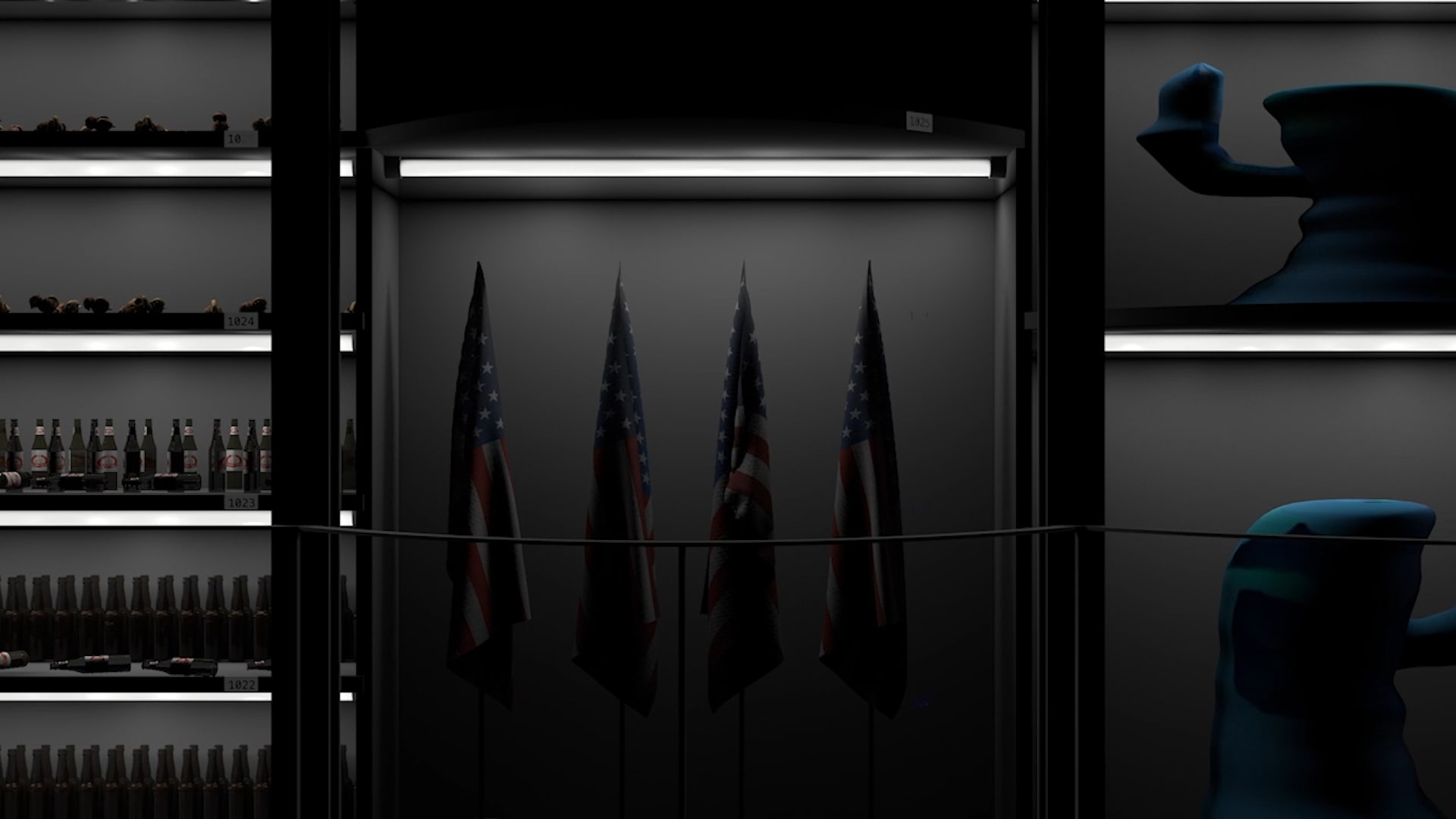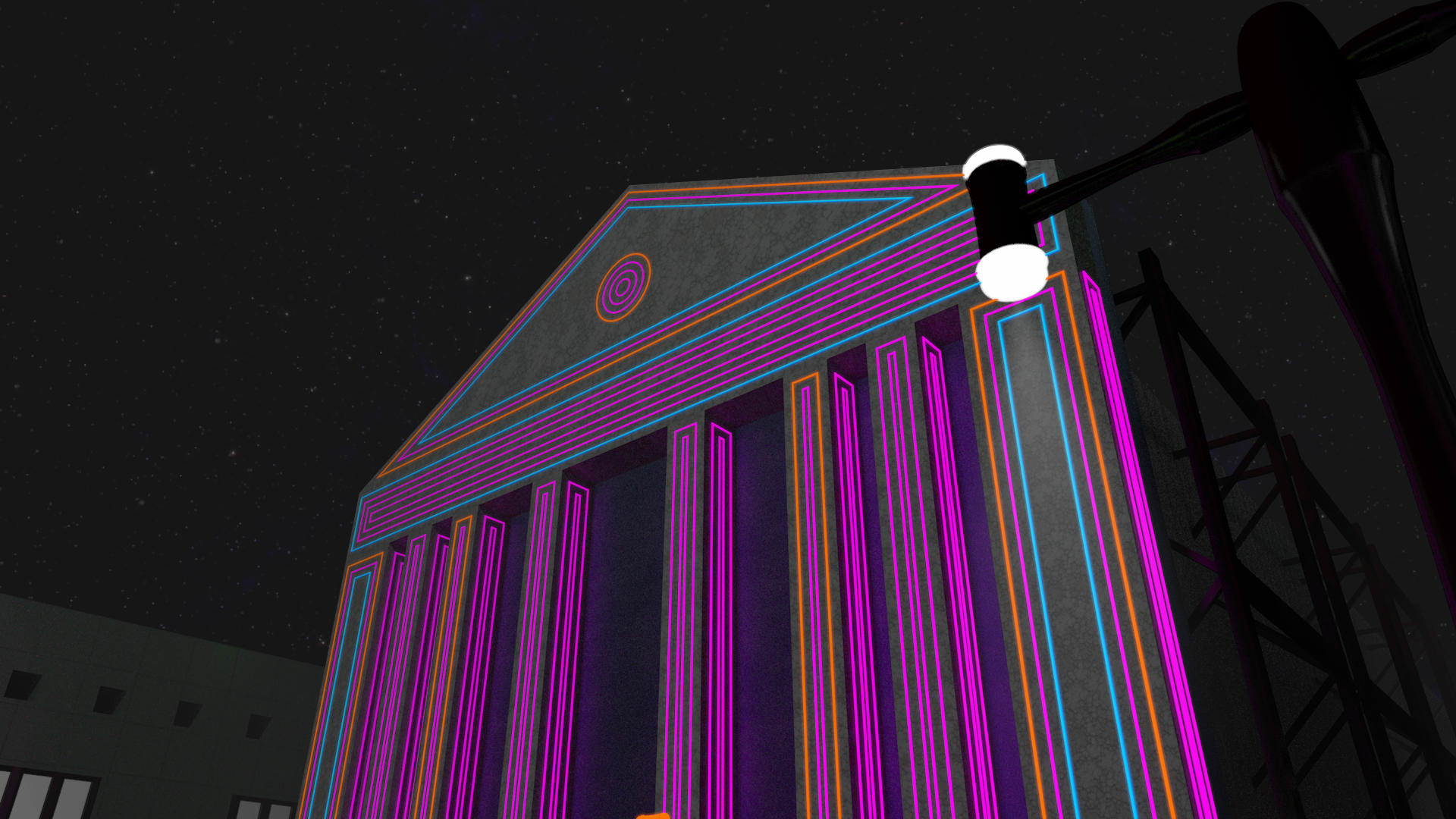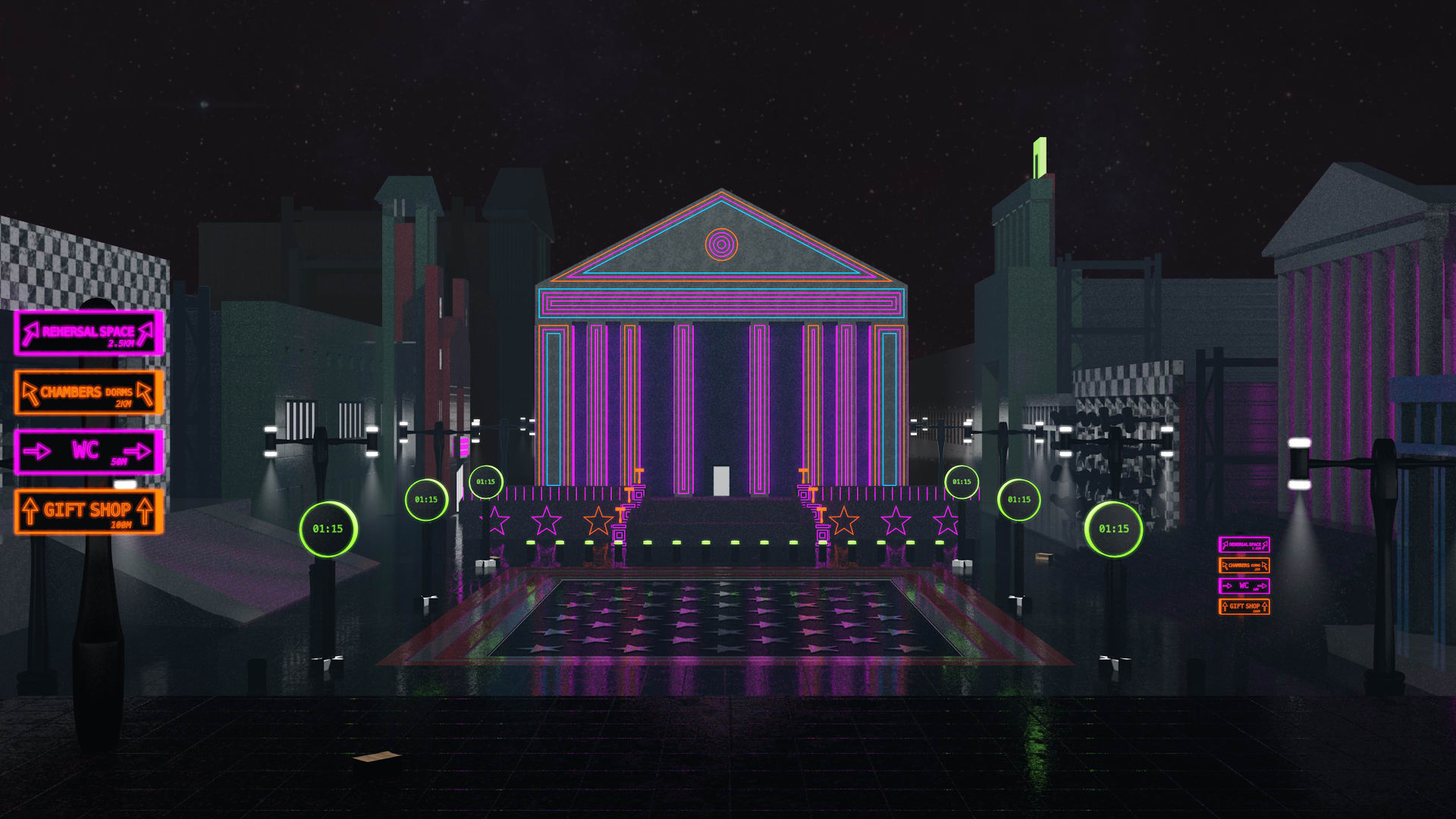I am a London based designer with an interest in performance and narrative. For the past two years I have been taught within ADS4; here I have developed a critical design approach, using architectural tools to probe complex social issues and propose speculative alternatives. Over both years, my work has examined the role of fiction as a powerful communicative tool that shapes collective attitudes and behaviours. I have developed a practice which utilises performance and popular narratives to engage the public with complex, often intangible issues, such as the climate crisis, artificial intelligence and legal systems.
Before joining the RCA, I completed a BA in Architecture at the University of Cambridge and went on to work in an architecture practice for two years. Last summer, I undertook a design research residency at Heat Island. My project, PWSMPF1 (Phoebe Walton’s Speculative Modelling for Potential Futures version 1), examined the role of narrative, prophesies, determinism and graphical language within climate model systems.
Post RCA, I plan to continue developing a narrative based critical practice, working with performance, models, installation and animation.































